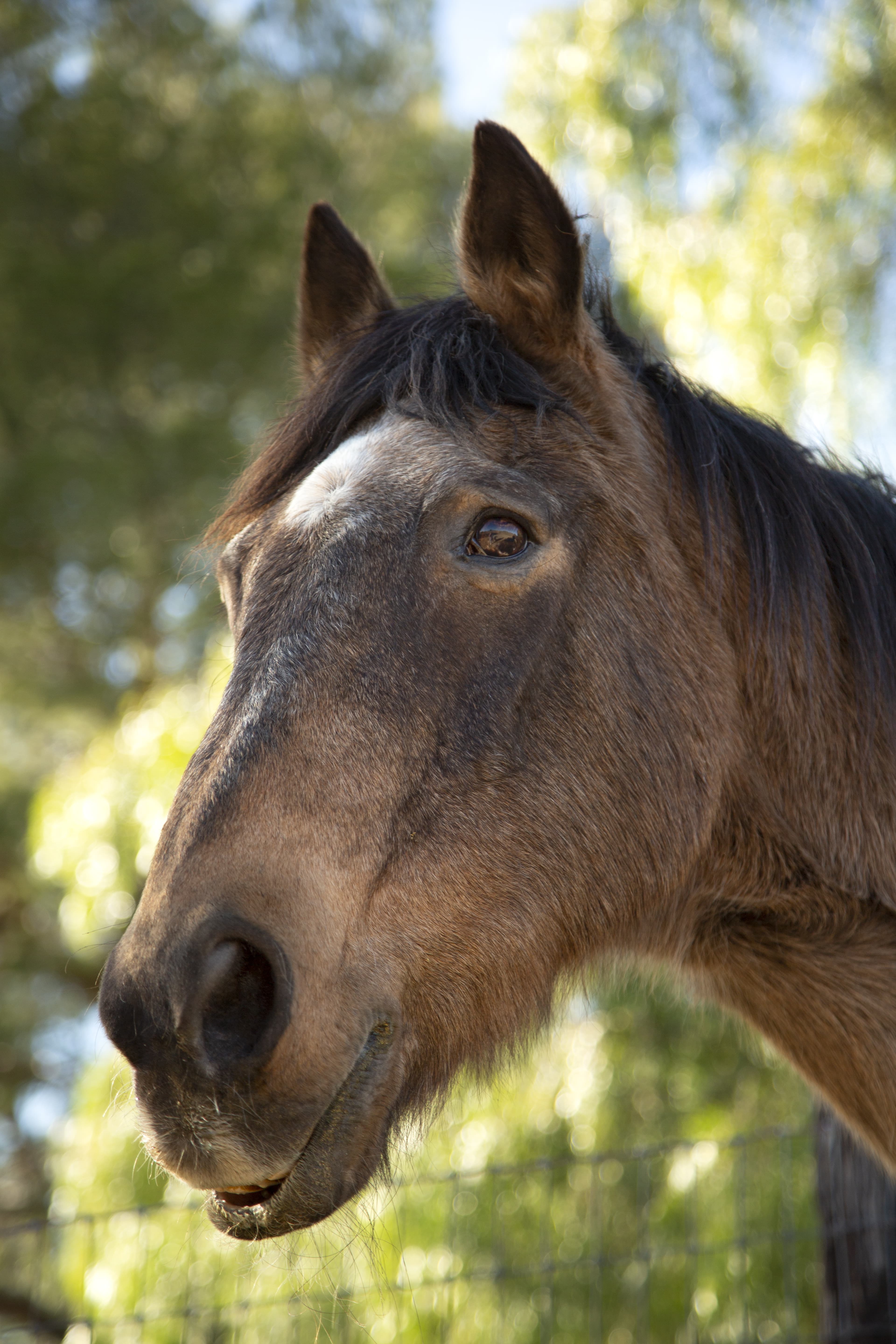
'Utterly disgusting' 3h pony lunging at a show
After seeing the small pony at an event being lunged for around 3 hours, a showing judge has referred to the incident as “utterly disgusting”, making her wonder what is going on at home.
The judge was officiating at a recent show and has decades of experience across shows at the top level. According to Horse & Hound, she caught sight of the pony being lunged while she was in her first class, which started at 11am. It was still being “chased around in canter” on the circle at 2:45pm.
You will find interesting: only certain types of breeds are allowed to use fake tails
Unhealthy and unnecessary
After the display at a public show, it only makes her wonder how many more hours of lunging the pony endures at home. The judge said she thought the pony was given an “unhealthy and unnecessary” amount of work.
“I did mention to an official that I thought the pony had had enough, but after a few more classes it was still being lunged. It had been moved, maybe to where they thought no one else could see, and it wasn’t going up and down in gaits, it was constantly cantering.”
During the event, no one stepped in to address the issue. According to the judge, this is a common practice in some shows, and adults who are too big for these ponies work on them for hours and hours before a class.
The judge has asked to stay anonymous in order to keep watching for bad practice. Awareness needs to be raised in order for societies to prevent strenuous work from being done on ponies.
How to lunge a horse correctly
Lunging a horse should be done properly to maximize the results and minimize any physical pain on the horse. In order to exercise with your horse and teach your horse how to follow your voice commands, you can follow some tips on how to lunge your horse correctly:
- Walk with your horse in-hand around the area where you are about to work so it can get its bearings. This way, if you are in a different area, the horse can explore and adapt to the surroundings. When you show the lunging area on the right rein first, the horse will leap inwards if scared or spooked, instead of over the top of you.
- Don’t hurry your horse: when you are training with a young horse, you need to give them time to understand what you are asking from them. Be patient, and work with plenty of time to allow the horse to learn at its own pace.
- Your voice is key when lunging: It is one of the most important things when lunging and riding, as it is your first communication. Use it to give instructions so the horse recognises it. Different tones can be used for different occasions: a soft voice to calm or slow down while a sharp voice to activate. Also, use your body language to encourage your horse to mirror you: if you want your horse to remain calm, then have a relaxed pose.
- Limit canter work: Young horses don’t really need canter on the lunge, it is best to train them in canter on straight lines when riding them. Don’t exceed your training times too much to avoid physical pains.
- Start lunging with light contact: Use a big circle and have a light feel on the lunge rein, keeping your elbows bent as if you were riding.
- Dress appropriately to lunge a horse: Make sure you are fully equipped with a riding hat, globes and comfortable footwear. When you are in a new area, it might be a great idea to have an assistant help in the guidance while the horse moves around the circle if needed.
The FEI has shared a video on why we should lunge our horses:
Do you use these tips to lunge your horse correctly? Let us know of other tips you like using on our social media: we are on Facebook, Instagram and Twitter!
Images from FEI












_v2.svg)
_v2.svg)









_v2.svg)


